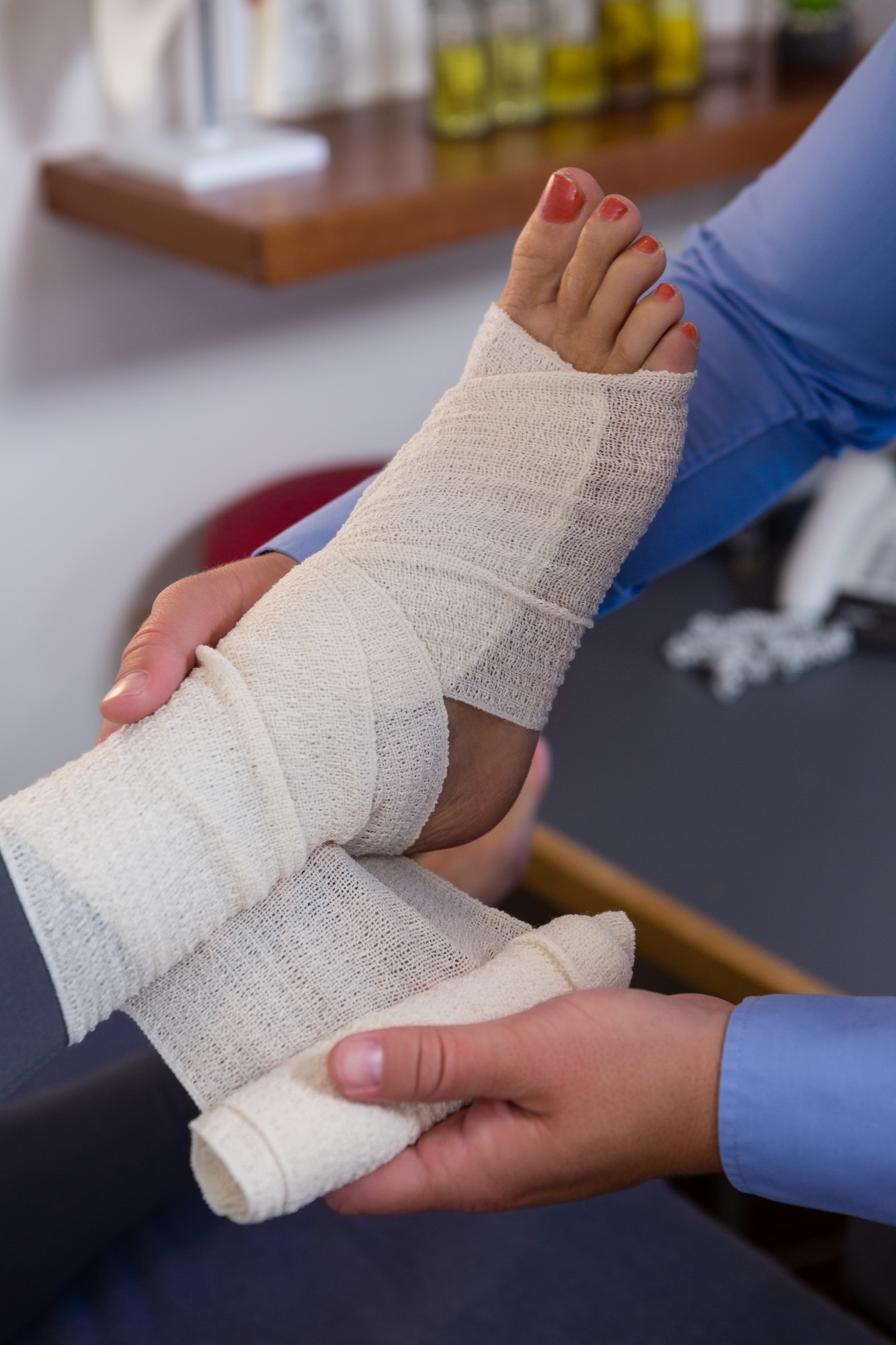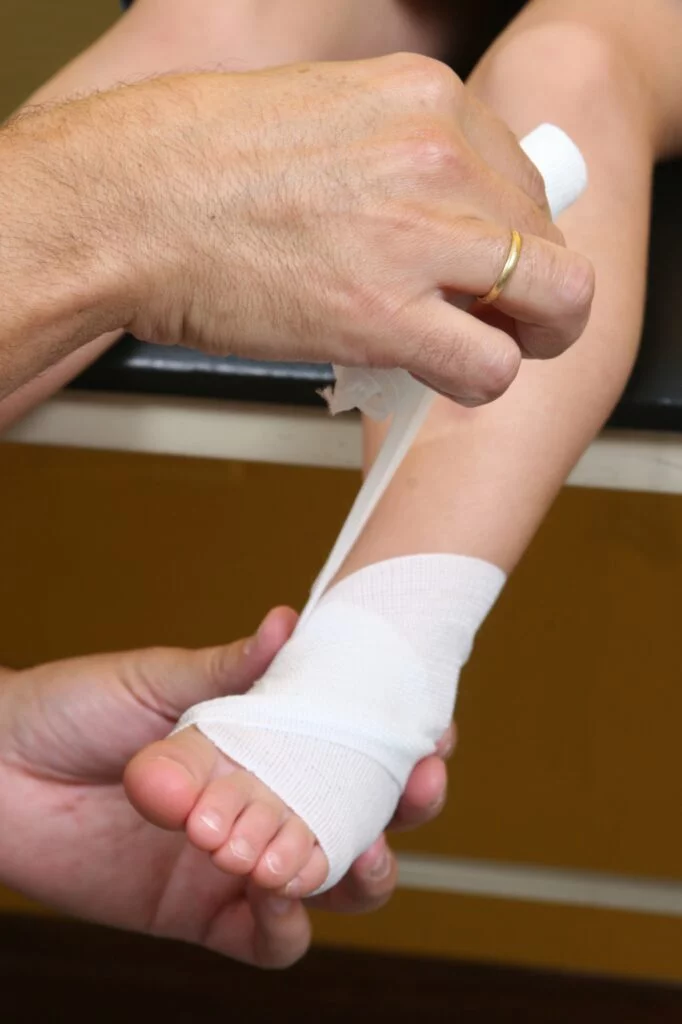Table of Contents
Understanding Synovial Cysts: Causes, Symptoms, and Treatment
What Are Synovial Cysts?
Causes of Synovial Cysts
Synovial cysts often develop due to joint stress, overuse, or underlying medical conditions that affect joint health. Common causes include:
- Arthritis: Conditions such as osteoarthritis or rheumatoid arthritis can increase the risk of cyst formation.
- Joint trauma or injury: Previous sprains, fractures, or repetitive stress can lead to fluid leakage and cyst development.
- Inflammation: Chronic inflammation in the joint can weaken the synovial lining, allowing fluid to accumulate.
- Genetics: Some individuals may be predisposed to developing synovial cysts due to inherited joint conditions.
Symptoms of Synovial Cysts
Patients with synovial cysts in the feet or ankles may experience:
- Visible swelling or lumps near the affected joint.
- Pain or tenderness in the area, particularly during movement.
- Restricted joint mobility, making it difficult to walk or bear weight.
- Numbness or tingling if the cyst compresses nearby nerves.
Diagnosis of Synovial Cysts
A podiatrist will perform a physical examination to assess the cyst’s size, location, and impact on mobility. Additional diagnostic tests may include:
- Ultrasound to determine the cyst’s contents and confirm it is fluid-filled.
- X-rays to rule out underlying bone conditions.
- MRI or CT scans for detailed imaging if the cyst is deep-seated or causing nerve compression.
Treatment Options for Synovial Cysts
Depending on the severity of symptoms, treatment options for synovial cysts may range from conservative management to surgical intervention.
- Conservative Treatments – Many synovial cysts resolve on their own or respond to non-invasive treatments, such as:
- Rest and activity modification to reduce joint stress.
- Compression bandages to help limit cyst growth and swelling.
- Anti-inflammatory medications (NSAIDs) to relieve pain and discomfort.
- Aspiration (draining the fluid) using a needle, often followed by a corticosteroid injection to reduce inflammation.
- Surgical Intervention – If the cyst is large, painful, or recurrent, surgery may be recommended. Synovial cyst excision is a minimally invasive procedure where the cyst is removed to prevent recurrence. In cases related to arthritis or joint instability, additional procedures may be necessary to address the root cause.
Preventing Synovial Cysts
While not all cysts can be prevented, patients can reduce their risk by:
- Wearing supportive footwear to minimize joint strain.
- Avoiding repetitive stress on the feet and ankles.
- Maintaining a healthy weight to reduce joint pressure.
- Seeking early treatment for joint injuries or inflammation.
Why Choose University Foot & Ankle Institute?
Synovial cysts can cause discomfort and impact daily activities, but with proper diagnosis and treatment, patients can find relief. If you notice a lump or swelling in your foot or ankle, contact us for evaluation and personalized treatment options.
At University Foot & Ankle Institute, our board-certified podiatrists offer expert care for bumps or swelling in your feet. We provide advanced treatment options, from conservative care to surgical solutions, ensuring personalized care for every patient.
Dr. Gina Nalbandian specializes in reconstructive and revisional foot and ankle surgery, foot and ankle trauma, sports medicine, lapiplasty, and limb salvage.
While an undergrad, Gina volunteered at free clinics, hospitals and with the AIDS Project in Los Angeles, all the while exploring various careers in medicine. She also conducted and published her research in the lab on campus. “I soon found out that the lab life wasn’t for me, and I wanted a more hands-on approach to medicine,” she says.
Dr. Nalbandian did her residency at St. Elizabeth’s Medical Center in Boston, which is affiliated with Tufts University. As a resident, she served an academic coordinator and chief resident.
A resident of Sherman Oaks, Gina continues to volunteer her expertise with the Special Olympics, Happy Feet (providing foot care at homeless shelters), and the Boston Marathon.





